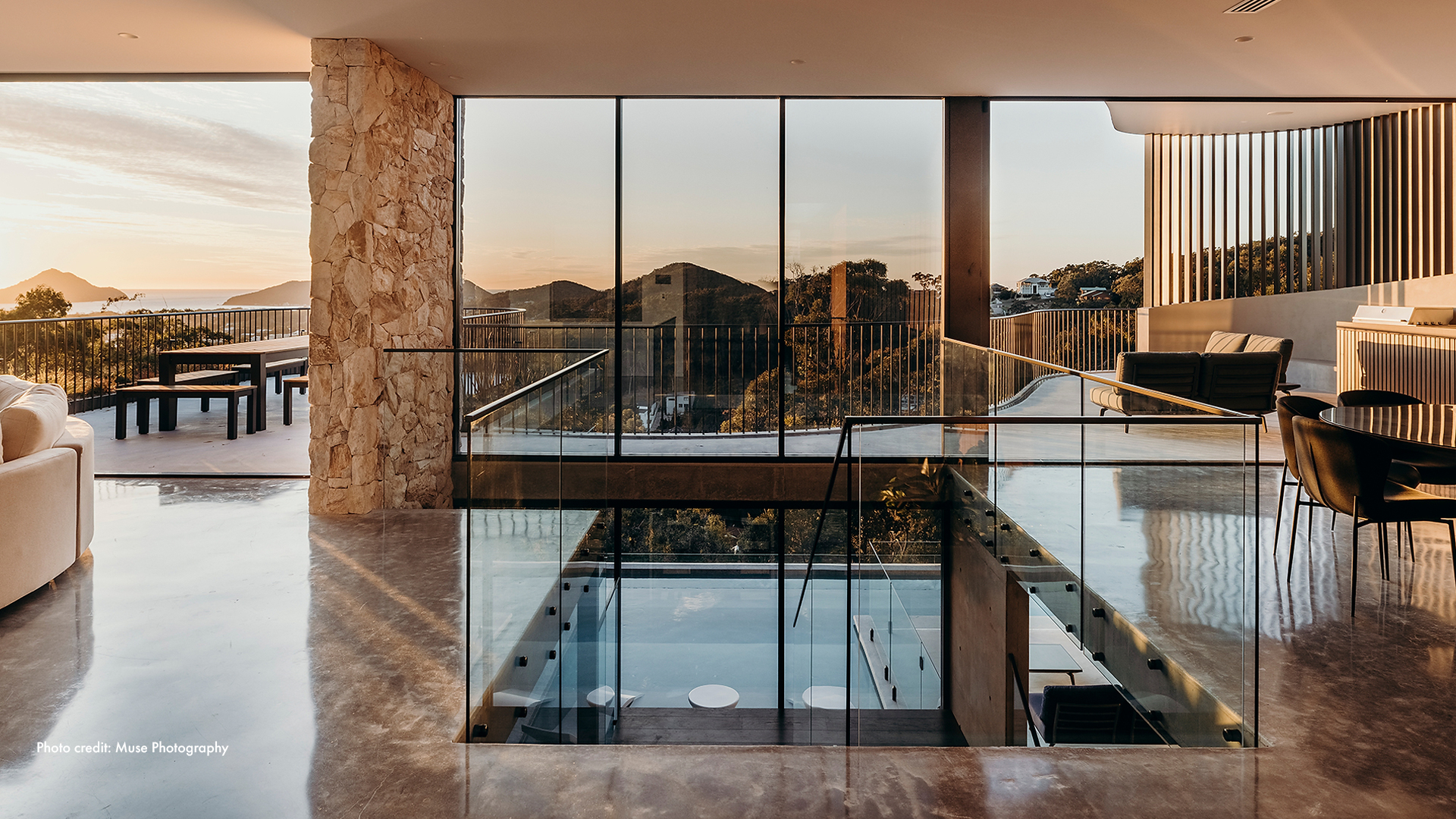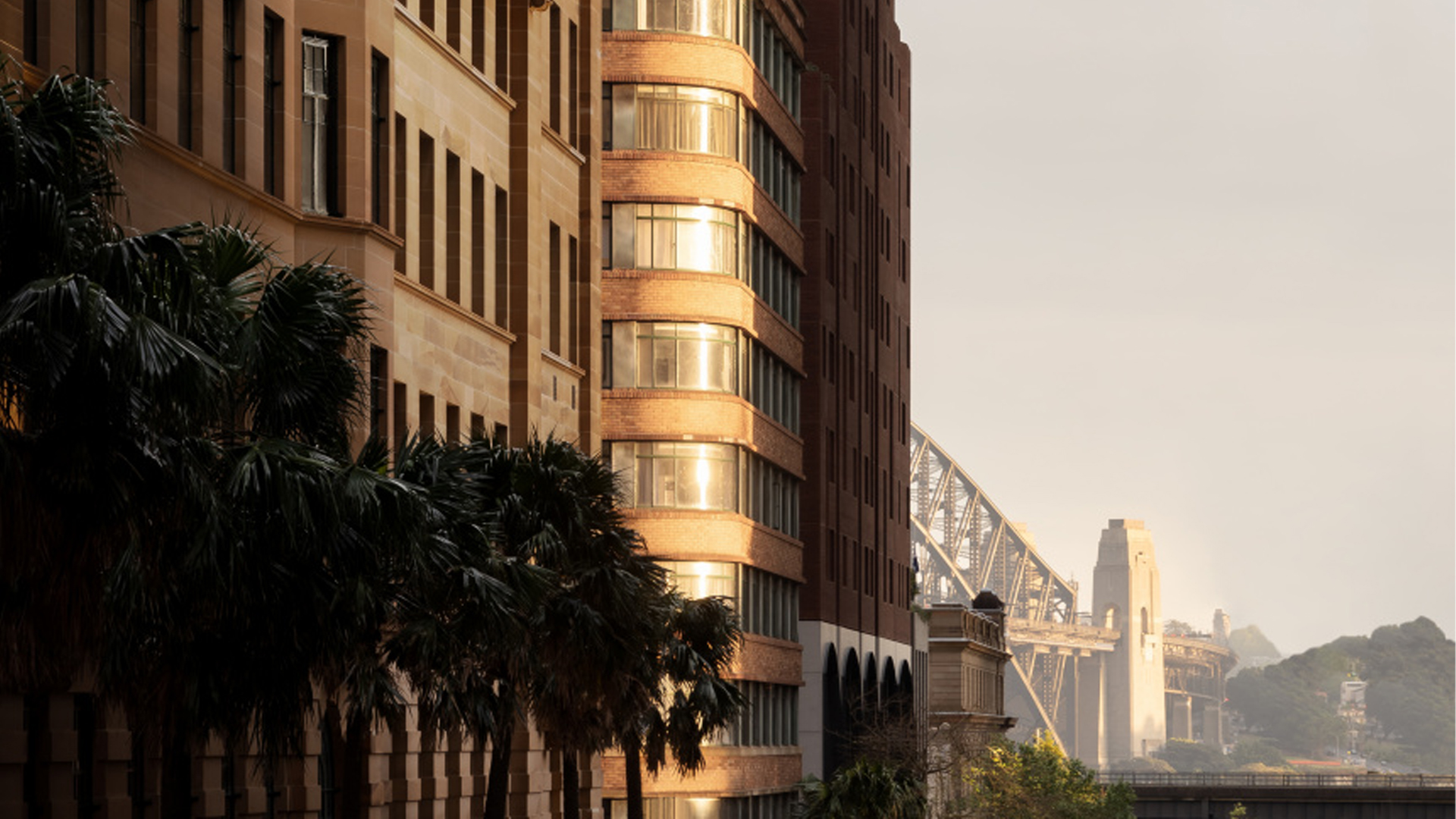Q: Design Anthology is a showcase of Asia-Pacific design – how much does locality and heritage influence design in our region?
A: I think it’s a big influence. Obviously those influences vary quite widely within the region - say from Japan to Australia for example. Locality is important, not just for context but also in terms of say climate or culture. The history of each individual country also plays a big part in what influences local designers, but also in terms of how 'advanced' the design scene is. Certain countries that suffered at the hands of colonial powers are really only now able to have a meaningful dialogue about design.
Q: Do you see differing influences within our region, or have we established a somewhat defined overall style?
A: I think there are similarities and big differences within the region. While each country has its own unique culture, I would say that Northern Asia (China, Hong Kong, Taiwan, Japan, Korea) has much more in common with each other than say South East Asia. This is party due to climate, but its also due to the history and the migration of people, skills and culture. There are certain countries, say like Japan, that are far more advanced in terms of knowing what contemporary Japanese design is. They're able to produce modern design that draws on their unique history without being clichéd. Singapore on the other hand - while also very advanced - is a relatively young country and I've observed a sense of freedom there within the design community, that there is less of a burden of history. Overall I'd say that the way design is approached in Asia is somewhat different to the West. If there is a rigorous design thinking behind the development of a space or product it embraces the local philosophy and culture.
Q: You have been living in Hong Kong for more than a decade - how has the design landscape in Hong Kong changed over the years?
A: Hong Kong's design scene has changed enormously in the time I've lived here. I feel like there are a lot more opportunities now than ever for talented young designers. The community has also expanded and is even more diverse than ever before. The design community has more of a voice now too, I think.
Q: How on earth did the notion of establishing a magazine occur? And, what was the greatest challenge you faced?
A: It’s a long-winded story, but there were a few key factors. I had been writing a blog (mostly for myself) for seven years prior to starting the magazine. That helped me realise there were stories I wanted to tell and share, but when we started Design Anthology it was totally different content and aimed at a totally different audience, so it was starting from scratch essentially. I had also left my full-time job (as an interior designer) to take a bit of time away and had a bit of a mini mid-life crisis. It was after a conversation with a few friends that the idea came about. While it sounded insane to begin with, the idea grew on me, and after some time researching and doing a feasibility study we decided to forge ahead. And the rest, as they say, is history. In terms of challenges, none of it was easy really, but getting commercial partners to understand how different we are from other magazines was, and still is, one of the biggest challenges we (and I'm sure other magazines) face.
Q: Who do you feel are key influencers – challenging and effecting change in our industry today?
A: In Asia I think there are several key players. Particularly property developers hold a lot of power and the purse strings. A few them are doing great work, have a social conscience and are affecting great change. I would love to see more of them realising that what gets built now has an impact on cities for the long term - something that has a huge impact on a large number of people.





